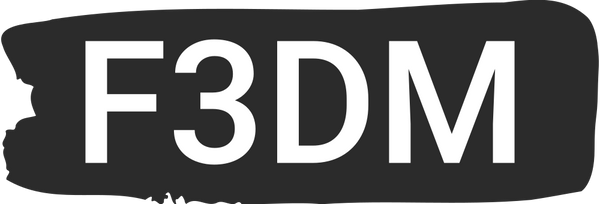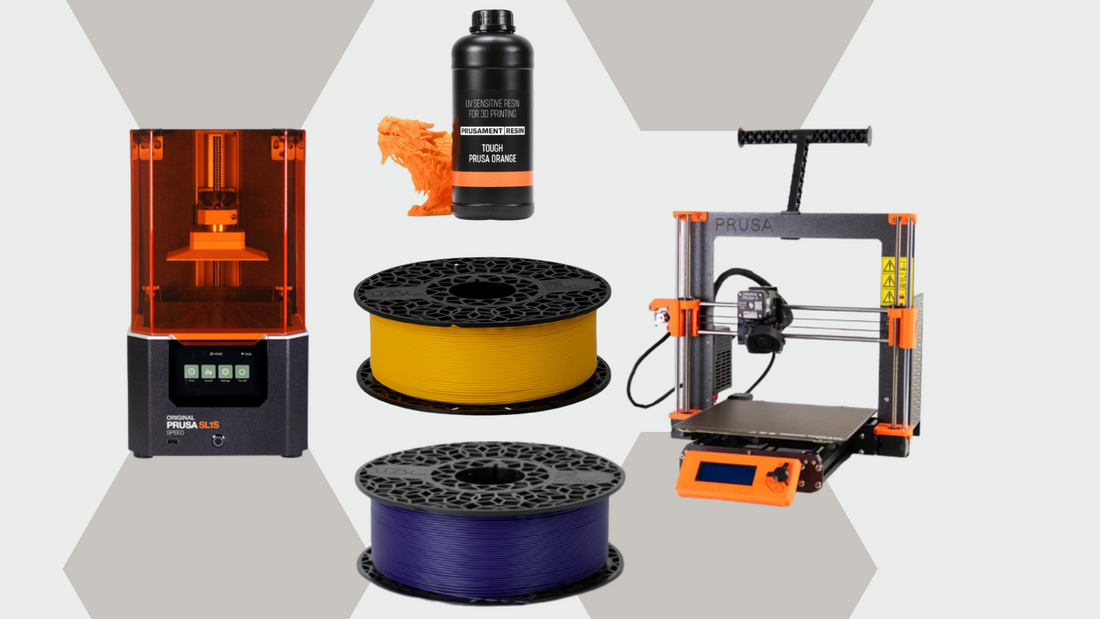3D Printers: Types, Properties, Usage Areas
3D printing has revolutionized the way we manufacture and create objects, and 3D printers have become an essential tool in a variety of industries. In this article, we'll take a look at the different types of 3D printers, their features, and how they're used.
1. FDM (Fused Deposition Modeling) printers
FDM printers are the most common type of 3D printer and work by melting and extruding a plastic filament through a heated nozzle to build an object layer by layer. They are relatively cost-effective and can print on a wide variety of materials, including plastics, metals and composites. They are often used for prototyping, production and training purposes.
2. SLA (Stereolithography) printers
SLA printers use a laser to cure the resin, creating a solid object layer by layer. They are known for their high precision and smooth surface finish, making them a good choice for fine details and small parts. They are widely used in industries such as jewelry, dentistry, and medicine. However, they are typically more expensive than FDM printers and may be limited in the materials they can print on.
3. SLS (Selective Laser Sintering) printers
SLS printers use a laser to sinter powdery materials, creating a solid object layer by layer. They are capable of producing functional prototypes and end-use parts and can print with a wide variety of materials, including metals, ceramics and polymers. They are widely used in industries such as aerospace, automotive and defense. However, they are generally more expensive than FDM and SLA printers and may require specialized knowledge and equipment to operate.
4. Other species
There are many other types of 3D printers available, each with their own unique features and capabilities. For example, DLP (Digital Light Processing) printers use a projector to cure the resin, similar to SLA printers. Material-jet printers use a print head to deposit material droplets, similar to inkjet printers. Binder jet printers use a print head to deposit a binder into a bed of powder, creating a solid object layer by layer. Each type of printer is suitable for different applications and industries, so it's important to choose the right one for your needs.
3D Printers: What Are They, How Do They Work and Which Should You Buy?
3D printing has revolutionized the way we manufacture and create objects, and 3D printers have become an essential tool in a variety of industries. But what exactly are 3D printers and how do they work? In this article, we'll take a look at the basics of 3D printing and help you choose the right printer for your needs.
What are 3D printers?
3D printers are machines that build physical objects from digital designs, layer by layer. They use a variety of technologies, including FDM (Fused Deposition Modeling), SLA (Stereolithography), and SLS (Selective Laser Sintering) to create objects using materials such as plastic, metal, and ceramics. 3D printers can produce a wide variety of objects, from prototypes and models to functional parts and end-use products.
How do 3D printers work?
The specific process of how a 3D printer works depends on the type of printer and the technology it uses.

